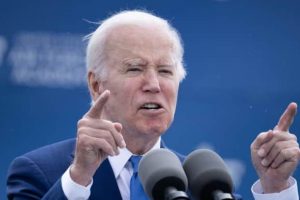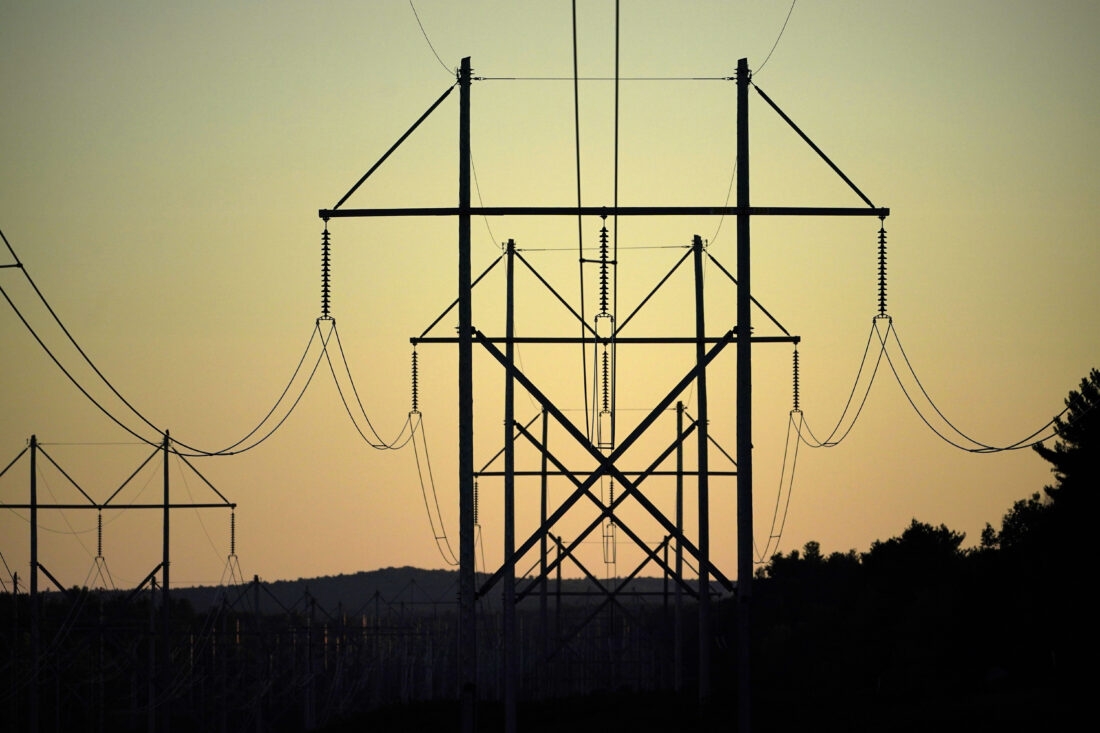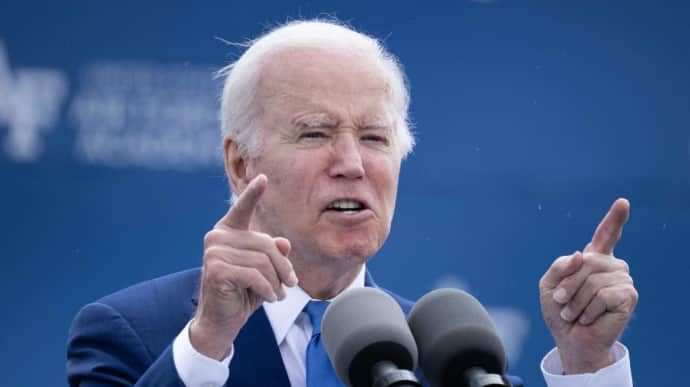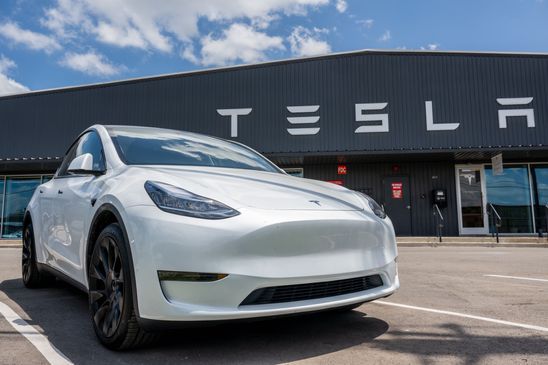In the U.S, many changes have occurred in the energy sector over the past decade. One such development involves John Podesta, a former advisor to President Barack Obama, who, nearly a decade ago, was confident that the Southwest would be dotted with new power transmission lines. However, these lines are still in the limbo of bureaucratic regulations, not yet receiving final approval.
Reentering the federal government to work on climate issues for President Joe Biden, Podesta was taken aback to find the clean energy projects he had envisioned were still trapped in the bureaucratic maze of approval and regulation. Now, Podesta is tasked with a complex challenge – untangling the process to enable efficient and effective permitting for power plants, transmission lines, and other projects essential to President Biden’s ambitious goals to reduce greenhouse gas emissions.
As the United States embarks on a transition towards a carbon-free future, the ability to develop necessary infrastructure remains a fundamental prerequisite. However, a convoluted and often drawn-out permitting process could obstruct the country’s progression towards a greener future. This issue has come to the forefront of budget talks between the White House and House Republicans as they strive to prevent the country’s first-ever default on its debt.
Podesta’s vision aligns with Biden’s goal of blending environmental considerations with job creation, promoting a form of “hard-hat environmentalism”. He argues that the U.S must refocus its efforts on development and construction, rather than halting projects. However, the type of projects to be green-lighted remains a contentious point.
A spotlight was thrown on the permitting issue during last year’s negotiations with Sen. Joe Manchin, a Democrat from West Virginia. Manchin proposed simplifying the process to build infrastructure for both renewable energy and fossil fuels, focusing particularly on the Mountain Valley Pipeline, which would transport natural gas through his home state. While his proposal faced criticism, Elizabeth Gore of the Environmental Defense Fund commends Manchin for elevating the issue’s importance.
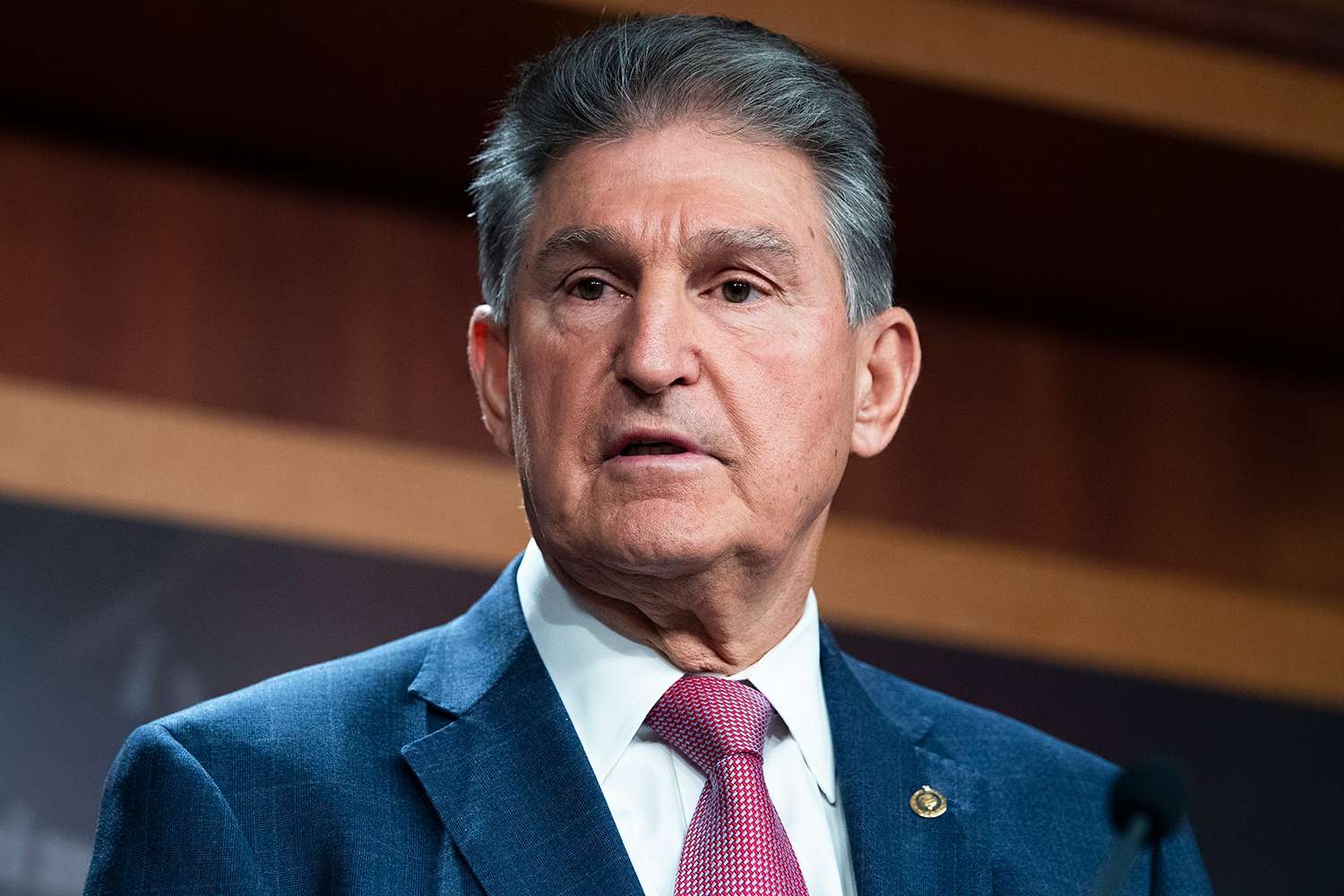
Various proposals to ease permitting bottlenecks have been floated since Manchin’s attempt. House Republicans have passed their own legislation to increase oil, natural gas, and coal production as part of budget legislation. Simultaneously, Sen. Tom Carper introduced a proposal skewed towards clean energy.
However, striking a balance between development and environmental preservation remains a significant hurdle. The Republican-led House pushes for more fossil fuel production, but conceding too much could risk support from the Democrat-controlled Senate.
Podesta remains pragmatic, acknowledging that the move away from oil and gas cannot be instantaneous. He highlights that the current permitting process does not favor the development of clean energy infrastructure, which is vital to combat climate change.
This regulatory stalemate presents an opportunity for realignment within Biden’s coalition. A potential alliance between environmentalists and labor unions, who both stand to benefit from expedited permitting, could be formed depending on the outcome of this process.
However, not all factions of the green movement support this shift. Some criticize Podesta’s and the administration’s approach to permitting, arguing they have given away too much ground. Others remain steadfastly opposed to development, fearing environmental repercussions.
The roots of the American regulatory system trace back to a backlash against mid-20th-century infrastructure projects that triggered environmental concerns and left local communities feeling overlooked. The result was the National Environmental Policy Act, signed by President Richard Nixon in 1970, requiring federal agencies to consider the environmental implications of their decisions.
Christy Goldfuss of the Natural Resource Defense Council asserts that the system, as it currently stands, accomplishes its intended purpose. The challenge now is to optimize that system for the future needs of the country – a shift that she acknowledges will be incredibly difficult for the environmental movement. Not all organizations may be willing or able to make this shift.
Podesta’s anticipated transmission lines in the Southwest, meant to cover about 520 miles, still face hurdles. Despite rerouting to appease the Department of Defense, local conservationists argue that natural habitats will be endangered by construction.
The balance between development and conservation has always been fraught, but the need for new infrastructure to support a carbon-free future adds urgency to the discussion. As we navigate this shift, the importance of bipartisan agreement and nuanced policymaking cannot be overstated.
©traders-news.online


